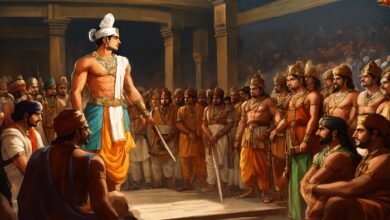How Can 3D Animation Bring Characters to Life?

In storytelling, animation has been a critical instrument for breathing life into characters. With the advent of 3D modeling software, this process has been revolutionized. Through complex designs and movements, 3D animation endows characters with depth and realism that can captivate audiences. But how exactly does this technique infuse vitality into characters? So dive in and explore this fascinating process.
The Power of Three Dimensions
Unlike traditional 2D animation, 3D animation leverages an extra dimension, allowing creators to develop characters with depth and volume. The result? More realistic and dynamic characters. Moreover, this third dimension enables animators to manipulate characters and their environments in a space that mimics our physical world. Whether it’s the intricate wrinkles on an old man’s face or the dynamic, sweeping motions of a superhero in action, 3D animation facilitates greater detail and flexibility in character design and movement.
Modeling: Crafting the Physical Form
The first step in bringing a 3D character to life involves creating its physical form, a process known as modeling. Using 3D modeling tools, animators sculpt the character’s body, facial features, and clothing. They can manipulate individual points, called vertices, to form meshes that create a 3D character representation.
The precision offered by 3D modeling enables the creation of characters of various shapes and sizes, from fantastical creatures to humans. This wide-ranging capability opens up limitless possibilities for character design, allowing animators to create unique characters that leave a lasting impression on audiences.
Rigging: The Puppeteer’s Strings
Once the model is complete, it’s time for rigging. In this stage, a virtual skeleton is created for the character. This skeleton, comprised of bones and joints, defines how the character can move. Imagine it like attaching strings to a puppet – the puppeteer can control how the puppet moves by pulling on different strings.
Rigging determines the range and nature of movements a character can perform. It plays a critical role in defining a character’s personality through motion. For instance, a character with a slouched posture might be perceived as lazy or tired, while a character that moves swiftly and energetically might come off as young and enthusiastic.
Animation: Bringing Motion to Life
With a rigged model ready, the animator can bring the character to life through movement. Animators create a series of poses for the character over the timeline, and the 3D software interpolates between these poses to create smooth, continuous motion.
The animator’s skill in conveying emotion and intent through movement is key to creating lifelike characters. The slight slump of the shoulders in sadness, the quick turn of the head in surprise, the furrowed brows in anger – all these minute details make a character feel real.
Texturing and Lighting: Enhancing Realism
Finally, texturing and lighting add the finishing touches to a 3D character. Texturing involves applying color and texture to the character’s surface, giving it a specific appearance – be it a monster’s rough, green skin or a princess’s smooth, shiny hair.
Lighting, on the other hand, sets the character in a particular environment and mood. It highlights the character’s form and texture, adding depth and atmosphere to the scene. Appropriate lighting can make characters appear more tangible and fitting within their surroundings.
According to Adobe, “Work efficiently and accurately with these built-in tools to assemble complex objects or craft with incredible detail.”
3D animation breathes life into characters through skilled modeling, meticulous rigging, expressive animation, and detailed texturing and lighting. Each step, requiring a blend of technical knowledge and artistic talent, transforms a digital model into a character that audiences can connect with, empathize with, and believe in. This is the captivating power of 3D animation in character creation.




